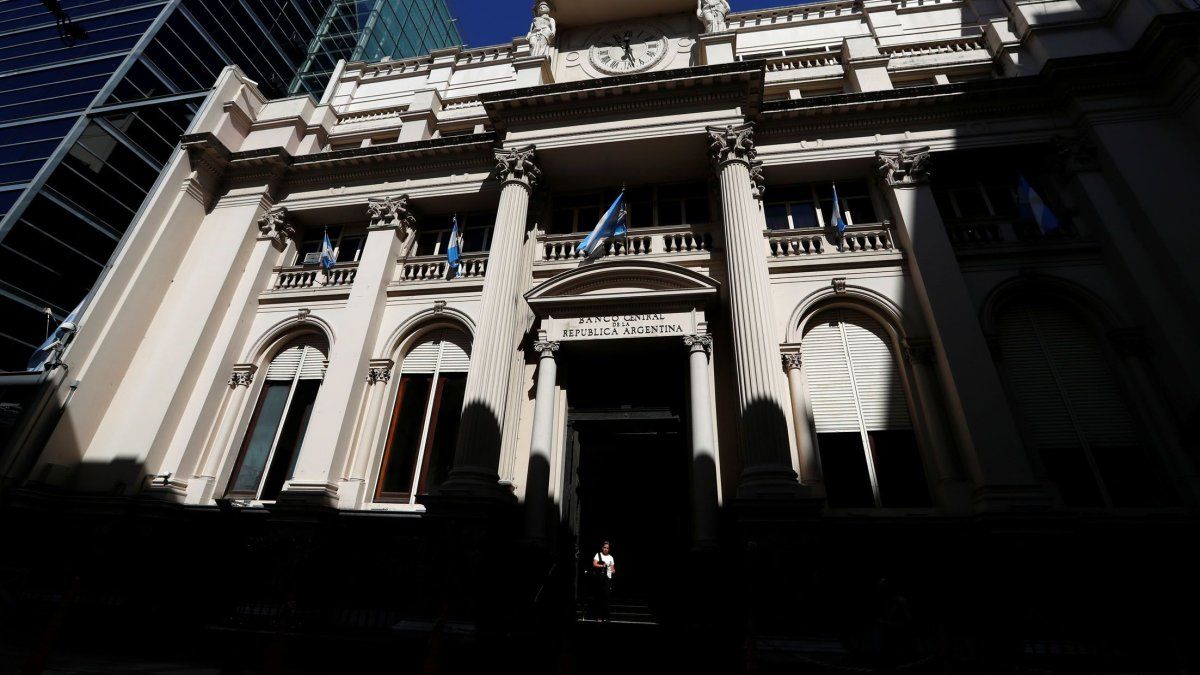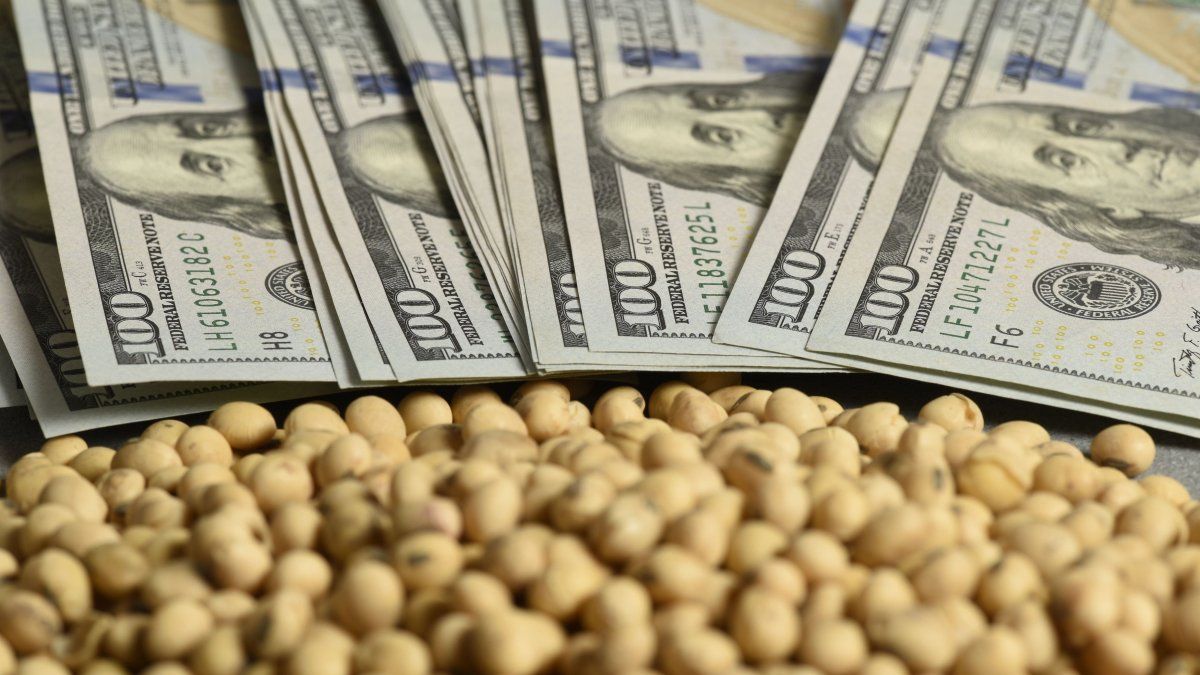The treatment of the Bases Law in Congress is once again a well-worn topic among Argentine investors, at a time when inflation data for April is expected this week, below double digits according to analyst estimates.
After Congress recently generally approved the so-called ‘Bases Law’ in the Deputies, treatment is now expected in the Senate where the ruling party has a minority.
The libertarian Javier Milei He came to the presidency with the promise of deregulating the economy, defeating inflation, freeing the exchange market and directing public accounts with a sharp cut in spending.
“Milei was selling something that he was not going to be able to fulfill. He is doing the opposite things to what he said, he raises taxes instead of lowering them, he controls taxes more in the opposite way than he said and he, against all regulations, put a maximum exchange rate that is a price control. He sold liberalism but applied strongly interventionist policies,” the economist said in radio statements. Roberto Cachanosky.
“The possibility of achieving fiscal balance throughout 2024 is not an easy task, but there is much more of a chainsaw than a blender (cutting and liquefaction) and that can be extended even further if the Bases law is finally approved in the Senate of the Nation. In short, with political conviction the task of balancing the accounts should be achieved,” estimated a report from the Latin American Economic Research Foundation -FIEL-.
“Delaying the exchange rate while sending 20% of exports (80% of the trade balance) to supply the cash market with settlement (alternative dollar), does not look consistent. At the end of the day to stabilize the demand for pesos without stocks, the interest rate that remunerates the pesos needs to be equal to the dollar rate plus the expectation of devaluation.” said the consultant EcoGo.
“The market is debating whether the central bank (BCRA) will lower rates again or not. On the one hand, the current monetary policy rate of 4% per month does not imply that there is much room for a devaluation of 2% per month so as not to harm settlement. of foreign exchange,” said the economist Roberto Geretto and noted that “however, with inflation falling and a stock that continues in its most rigid version, they provide some margin.”
“The scarce issuance of currency, the feeling that there are no pesos, plays against a policy of accumulation of reserves, the government wants individuals to take dollars out of the mattress and make transactions in the market in dollars. It is difficult for this to happen , and we could enter a recession with very harsh characteristics,” estimated the analyst Salvador Di Stefano.
“While the economy is defined between a hard or very hard recession, inflation will continue to be at higher levels than dollar bills and the wholesale dollar, so everything that adjusts for inflation will be a good deal,” he added.
“The high country risk expresses our unwillingness to pay more than the ability to pay or the size of the debt,” said the analyst. Claudio Zuchovicki.
“A greater pace of liquidations and therefore BCRA purchases has already been detected, which is foreseeable given that after the delay sales of the harvest were about to start,” said the economist. Gustavo Ber.
“This is why tranquility is spreading among financial dollars, even with a downward bias from the greater participation of the “blend” (export settlement dollar), which anticipates in the current economic-financial context that it would continue the short-term exchange rate appreciation process,” he explained.
“Given the significant decrease in country risk and the consecutive cuts in the (BCRA) interest rate, it is crucial to evaluate whether it is convenient to invest in pesos or hard currency and the risks that each alternative entails,” estimated the consulting firm. Delphos Investment.
“We estimate that full liberalization of the foreign exchange market, which should pave the way for a recovery in growth, would require an additional $10 billion in reserves,” a report from the International Institute of Finance (IIF).
“The strong demand for BOPREALES (bonds for settlement of imports and dividends) to issue dividends shows the great interest in this “window of opportunity” to transfer dividends to non-resident shareholders, after almost 5 years of restrictions. However, the type “an implicit exchange rate of around 1,350 pesos per dollar would imply low expectations of greater flexibility in the dividend bond in the short term,” said Delphos Investment.
“Linked to exports, price competitiveness measured by the real exchange rate has eroded more than 40% since December 13. Although discussing the equilibrium values of the dollar is a futile task, companies are encouraged to pay a higher price for the currency than even the CCL,” said the consulting firm GMA.
“The balance of internal and external public accounts would have to be monitored and encouraged. Without them, any recovery would be ephemeral,” he stated. VatNet Financial Research.
Source: Ambito
I am a 24-year-old writer and journalist who has been working in the news industry for the past two years. I write primarily about market news, so if you’re looking for insights into what’s going on in the stock market or economic indicators, you’ve come to the right place. I also dabble in writing articles on lifestyle trends and pop culture news.




